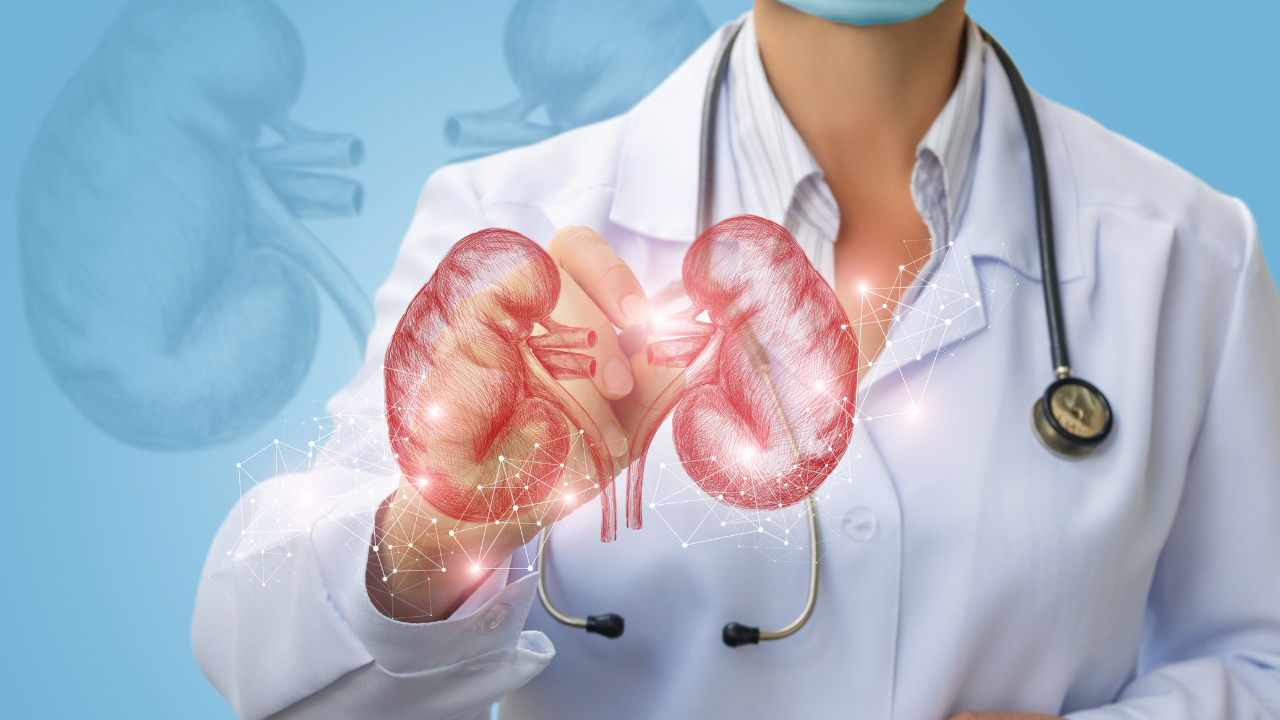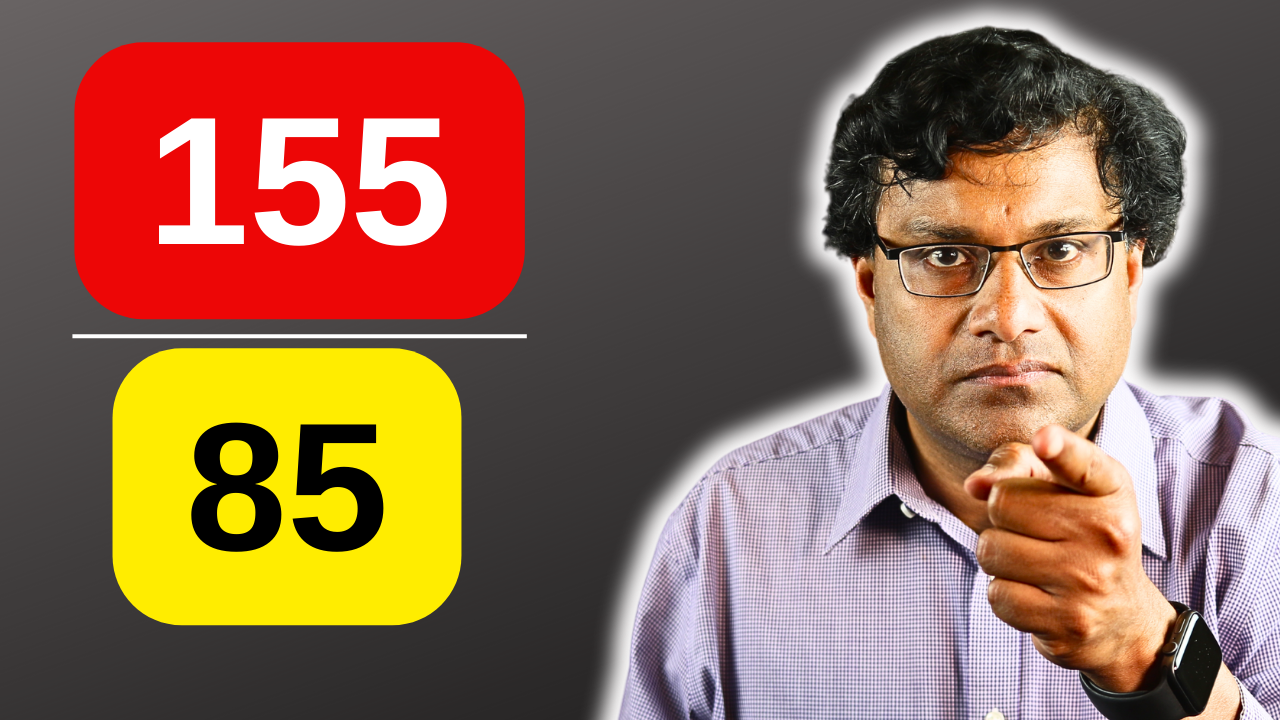Systolic Blood Pressure: Definition: Systolic blood pressure is the top number in a blood pressure reading, representing the pressure in your arteries when your heart beats or contracts to pump blood out.
Diastolic Blood Pressure: Definition: Diastolic blood pressure is the bottom number in a blood pressure reading, representing the pressure in your arteries when your heart is at rest between beats.

What is defined as a normal blood pressure:
According to current guidelines, normal blood pressure is a systolic number less than 120 mm Hg and a diastolic number less than 80 mm Hg.
So, let’s look at some examples of numbers:
- 125/79. You see that the first, is more than 120.If your number is running in this range, but less than 130 mm Hg and your second number is less than 80mmHg you are considered to have elevated blood pressure.
- What if your number is 135/79? The first number is elevated, but the second is in the normal range for diastolic blood pressure. So what do you have? This is considered as high blood pressure stage 1.
- The same applies with this number 119/ 85. You see the first number is within range, but the second is not. Once again, you are diagnosed with high blood pressure stage 1.
- Now, if the number is above 140 for the first number or 90 for the second number this is referred to as high blood pressure stage 2. Now , any first number above 180 and any second number above 120 is a hypertensive crisis and you should get hold of your health care provider immediately.
I have free link here categorizing these blood pressure PDF form.You can print it out and laminate it if you wish.
Now that you know what these numbers mean let us look at some of the causes Systolic high blood pressure & diastolic high blood pressure. They are in fact quite similar.
 Aging: As people age, their arteries tend to become stiffer, leading to an increase in systolic blood pressure.
Aging: As people age, their arteries tend to become stiffer, leading to an increase in systolic blood pressure.
Lifestyle Factors: Unhealthy lifestyle habits such as poor diet, lack of exercise, smoking, and excessive alcohol consumption can contribute to high systolic blood pressure.
Medical Conditions: Certain medical conditions like obesity, diabetes, kidney disease, and hormonal disorders can also elevate systolic blood pressure.Others include thyroid disorders, genetics and family hx,other medications such as NSAIDS, sleep apnea just to name a few.
Now that you know some of the causes of systolic high blood pressure what are some of the complications:

Complications of High Systolic Blood Pressure:
Increased Risk of Heart Disease: High systolic blood pressure can lead to the thickening and narrowing of arteries, increasing the risk of coronary artery disease, heart attack, and heart failure.
Stroke: Elevated systolic blood pressure can damage blood vessels in the brain, increasing the risk of stroke.
Kidney Damage: Persistently high systolic blood pressure can impair kidney function and lead to chronic kidney disease.

Now let’s look at the bottom number, diastolic high blood pressure.
What are some of the causes more commonly associated with this number?
- In general, narrowing or hardening of the arteries and kidney disease are more commonly associated with diastolic high blood pressure.
- Additionally, hormonal imbalances such as thyroid disorder or adrenal gland problems, can also contribute more significantly to diastolic hypertension.
Going back to the beginning of this article asking which number is more important.
In the past the first number, systolic blood pressure was the number health care providers looked at and more attention was given to that number. Why was this?
I’ll give you three.
Firstly, Elevated systolic blood pressure is a stronger risk factor for cardiovascular disease, stroke and other health complications especially in older adults.
Secondly, systolic high blood pressure becomes more common with age due to stiffening of the arteries, whereas diastolic hypertension tends to decrease or remain stable after age 60. However, lastly, having said all of this, BOTH numbers are important. I repeat both numbers are important and the elevated numbers whether systolic or diastolic should be treated based on an individual’s health considerations.
It’s essential to note that while systolic and diastolic blood pressure are measured separately, they often rise and fall together. Both high systolic and diastolic blood pressure can indicate hypertension, which requires management to reduce the risk of associated complications.

Lifestyle modifications, such as adopting a healthy diet, regular exercise, stress management, and avoiding tobacco and excessive alcohol use, can help lower blood pressure. Here is a article looking at how to lower high blood pressure without medications.
However, In some cases, medication may be necessary to achieve target blood pressure levels and reduce the risk of complications. Regular monitoring and follow-up with a healthcare provider are crucial for managing blood pressure effectively.
If you are interested in checking the YT videoclick right here.
Sources:
https://www.cdc.gov/bloodpressure/index.htm







